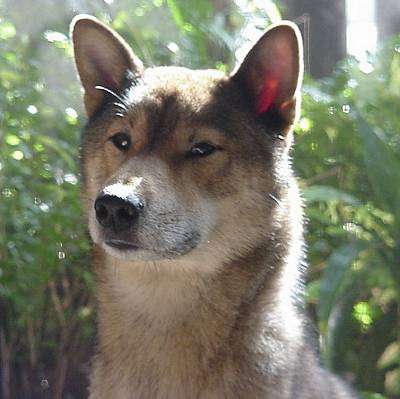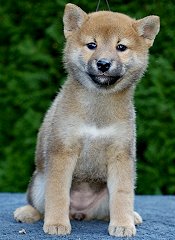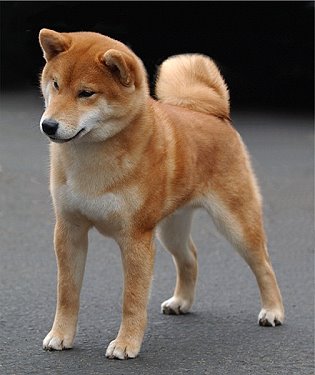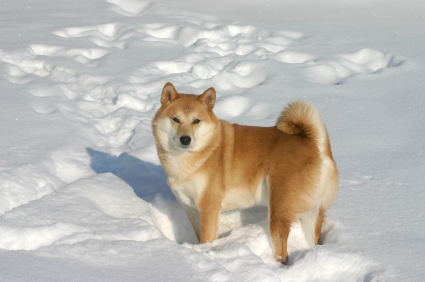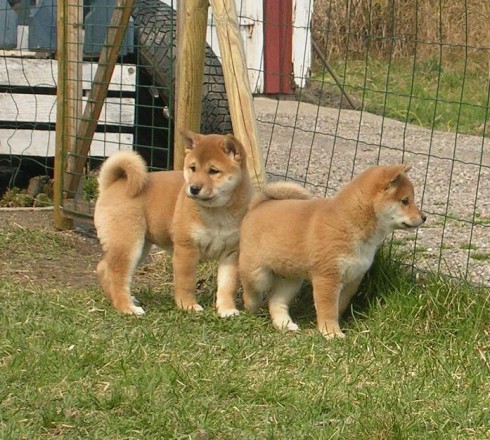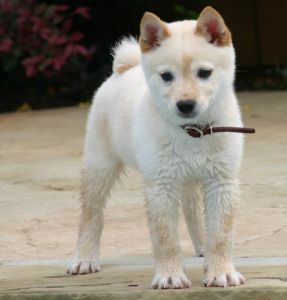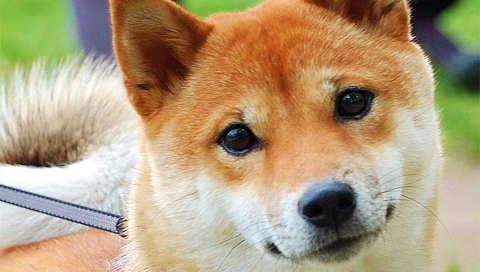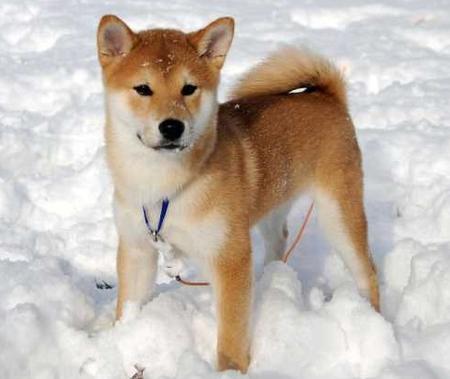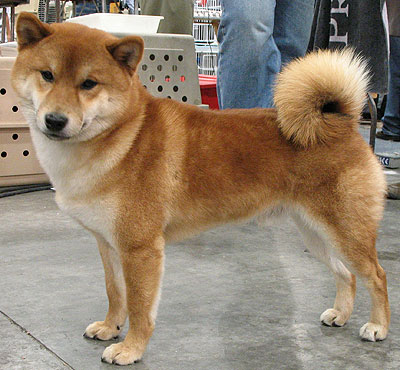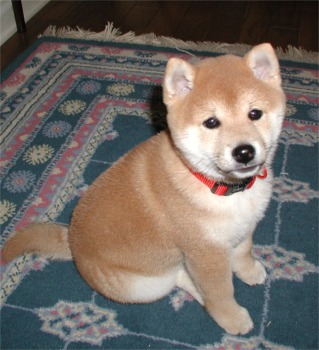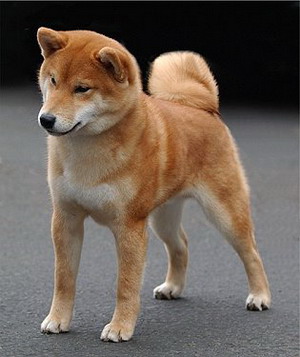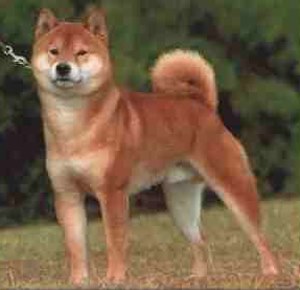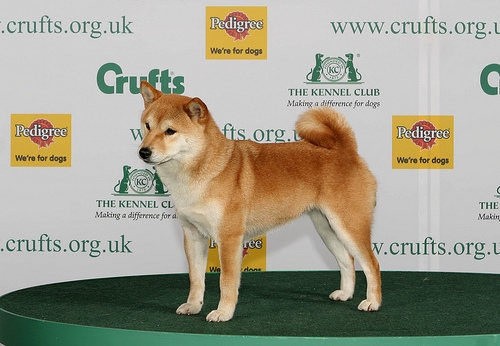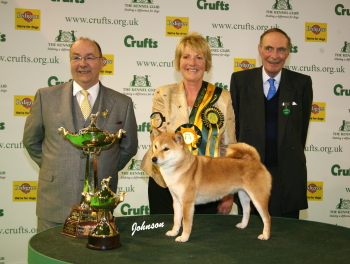Main Index
In Store
Our Web Store
Miniature Schnauzer Picture Gallery
Latest Dog Blogs
- What Are The Basic Commands To Train A Dog?
- PaySafe As The Most Popular Type Of Deposit
- Everything You Need To Know About Pet Sales
- Dogs Contribute To Our Physical And Mental Well Being
- How To Choose Where To Bet On Greyhounds In 2022
- Volunteer With Animals - How To Help Dogs Around The World
- Basic Understanding Of The House Edge
- Why You Should Get A Dog
- Top 20 Popular Dog Names Around The World
- Constipation in Dogs and How to Find Solutions
Japanese Shiba Inu
Japanese Shiba Inu Picture Gallery
Japanese Shiba Inu Clubs/Associations
The Full Japanese Shiba Inu Description
The Shiba Inu is a typical northern dog breed, with a moderately compact, powerful body, a curled tail and small erect ears. The Shiba Inu moves with speed and agility in a smooth, effortless gait. It has a good natured, bold expression.
The Shiba Inu is an independent and strong-willed dog breed who requires consistent training. Affectionate and loyal to its owners, the Shiba Inu can be initially reserved with strangers.
Indicative Breed Standard
General Appearance
Small, well balanced, sturdy dog of Spitz type. Very slightly longer than height at withers.
Characteristics
Lively and friendly.
Temperament
Bright, active, keen and alert.
Head and Skull
Head appears as a blunt triangle when viewed from above. Broad flat skull, cheeks well developed. Definite stop with slight furrow. Muzzle straight, of good depth, tapering gradually. Lips tight. Black nose preferred but flesh coloured acceptable in white dogs.
Eyes
Relatively small, almond, obliquely set well apart and dark brown.
Ears
Small, triangular, pricked and inclining slightly forward.
Mouth
Jaws strong with a perfect, regular and complete scissor bite, i.e. upper teeth closely overlapping lower teeth and set square to the jaws.
Neck
Slightly arched, medium length, thick and muscular.
Forequarters
Shoulders moderately sloping. Elbows set close to the body. Forechest well developed. Forearms straight. Pasterns slightly sloping.
Body
Withers high and well developed. Short loin, level back. Deep chest. Moderate spring of rib. Belly moderate tuck up.
Hindquarters
Long upper thigh; short, strong second thigh. Hocks strong and parallel when seen from rear, turning neither in nor out. Well developed. Slight but definite bend of stifle.
Feet
Cat-like with firm, tight, well knuckled toes. Pads firm and elastic. Dark nails preferred.
Tail
Set on high. Thick and carried curled or curved as a sickle.
Gait/Movement
Light, quick and energetic.
Coat
Hard, straight outer coat with soft dense undercoat. Hair on tail slightly longer.
Colour
Red: Intense, clear red. White markings restricted to eye spots, cheeks, under jaw, forechest, underparts and underside of tail and legs. No white above elbows or hock.
Red Sesame: Red with an even overlay of black guard hairs; black to be not less than 25%, or more than 50% of normal red area. White markings in Red and Red Sesame restricted to eye spots, cheeks, under jaw, forechest, underparts, and underside of tail and legs. No white above elbows or hock. The white marking on the forechest resembling the shape of a bow-tie. Colour Eye spots in Red Sesame may be tan.
Black and Tan: Dull black with a bronze cast. Tan markings restricted to eye spots, cheeks, inside of ears, legs and tail. White markings as in Red and Red Sesame. Tan markings only occur between black and white areas.
White: White coat with red or grey tinges. White undercoat.
Size
Height: dogs: 39.5 cms (151/2 ins); bitches: 36.5 cms (141/2 ins ) with allowance of 1.5 cms (3/4 in) either way.
About Our Article Directory
- Article
- 27 November 2010
- 2 comments
Canis lupus familiaris
- Breed Article
- 29 May 2010
- No comments
Quick Search
Donate
Latest Dog Pods
- Tips on How to Stop Your Dog from Biting
- Beware - Not All Advertised Dog Rescues Really Are! How Can You Know The Truth?
- Helpful Tips For Dog Obedience Problems
- How to Keep Dogs From Eating Poop
- Dog Grooming Tips - A General Overview of the Very Basics of Dog Grooming
- Recognising Different Types of Dog Obedience Problems
- 5 Important Tips On Feeding A Puppy


